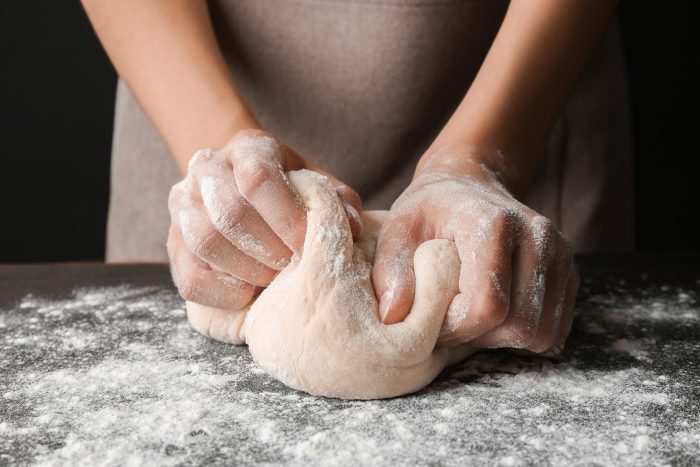What is responsible for volume in breakmaking?
Two major technical factors that are responsible for obtaining volume in bakery goods are efficient CO² production and a gluten network strong enough to retain the gases. However, there are other factors aside from these pre-requisites, that warrant further development in breadmaking: a higher tolerance to excessive fermentation and the dough’s capacity to withstand the various stresses inherent in processes such as controlled proofing and freezing.
The volume of a loaf as a quality criterion
The volume of a bakery good is deemed satisfactory when it appears well risen, and regular in shape, in other words when proofing has been conducted completely and evenly throughout the product. For the consumer, proper volume is considered a sign of quality that will guarantee a tasty product. Consequently, a successful batch is one in which every effort has been made to ensure optimum volume across a diverse array of products from baguettes, crusty loaves, sandwich bread through to brioche specialities.
Managing the ingredients and processes
To achieve this, the baker is required to implement raw ingredients that meet precise specifications (flour strength, percentage of damaged starch, etc.) and have a thorough mastery of the process parameters at the mixing phase and at the final rise or baking stages. Technical solutions are available to facilitate his everyday tasks, including emulsifiers, oxidising agents and enzymes. Many ingredients have a role to play throughout the process.
For more information, contact us.


